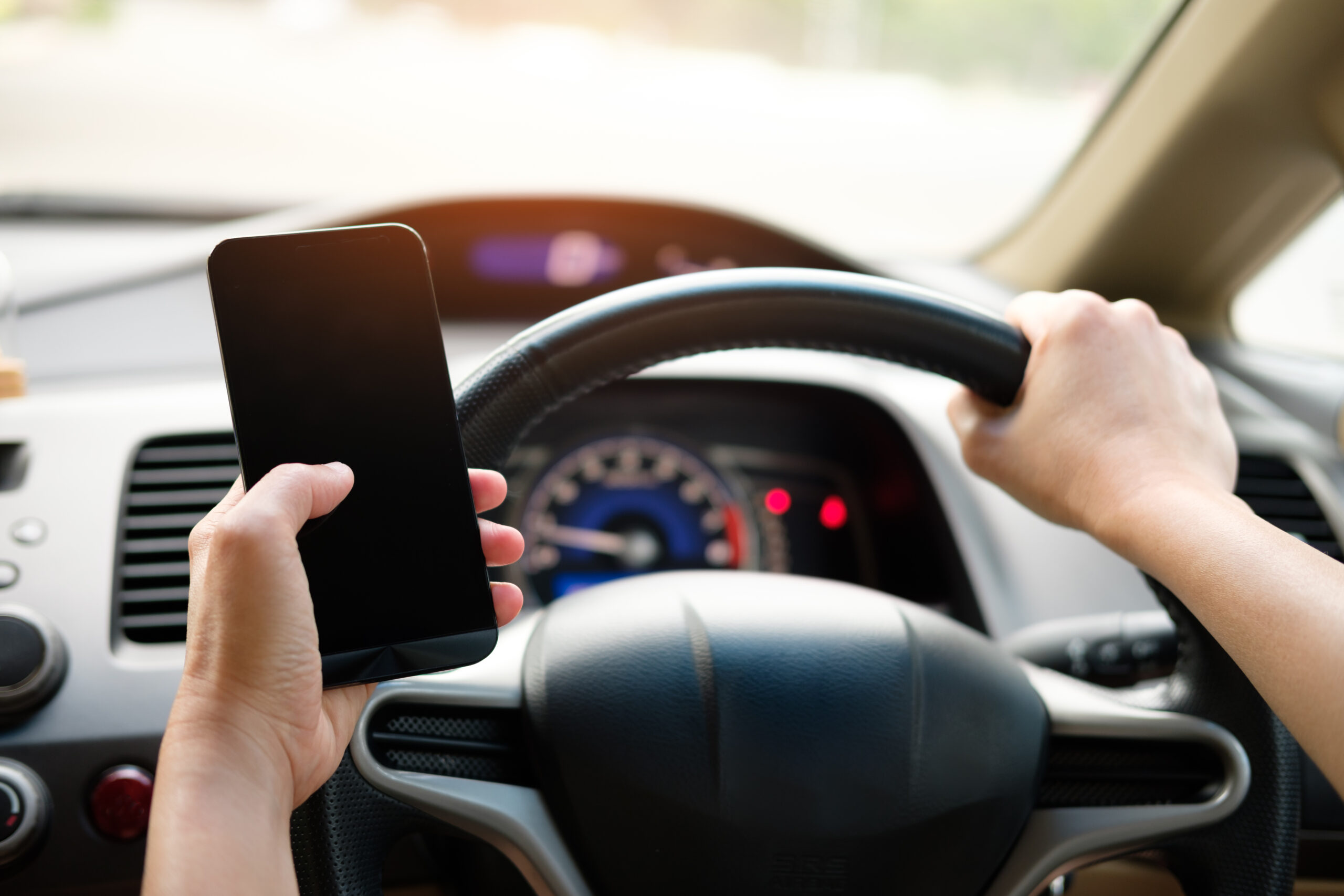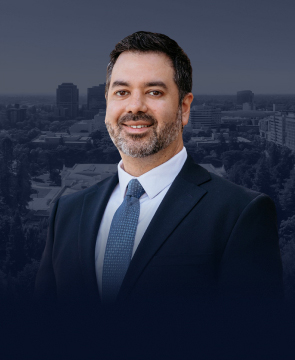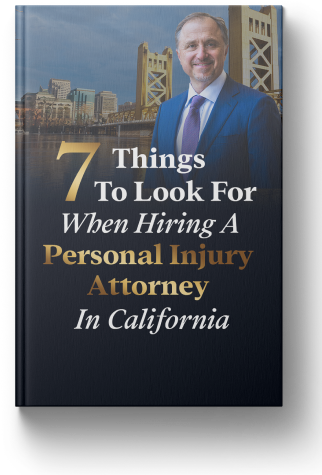Recent studies have reinforced the conventional wisdom that using social media while driving can be incredibly dangerous. Just as worrying, it is incredibly common.
At Demas Law Group, we want to help to keep the roads as safe as possible for every member of our Northern California community. It is important to us to highlight some of the statistics and information about car accidents caused by social media in the hopes that it might help you stay safe while out on the road.
Social Media Accident Statistics
Anytime you are driving, there is an increasing likelihood that another driver around you is looking at their phone. The National Highway Traffic Safety Administration (NHTSA) has been keeping track of how often drivers report using cell phones behind the wheel. Studies show that around 481,000 drivers are using phones while driving during daylight hours across the U.S. While all groups are included in that statistic, teenagers were the age group most prone to phone use while driving.
Other recent NHTSA statistics also show that while other types of cell phone use (like holding the phone to the driver’s ear or using a headset to talk) are decreasing, the use of handheld devices is increasing, particularly among younger drivers. Recent years have seen the numbers for the distracted driving jump from just 1 percent of drivers between the ages of 16 and 24 in 2007 to almost 5 percent in 2015.
While this is the most significant increase, other age groups have also seen increases. Those between 25 and 69 have jumped from 0.6 percent to 2.1 percent in the same time period, while those above 69 have crept up to 0.5 percent.
Overall, women are more likely than men to use their phones while driving (2.8 percent compared to 1.8 percent overall), but the likelihood of use is the same whether on highways or local roads. Drivers using social media may be in any kind of vehicle, although passenger cars are the most likely form of transportation (2.6 percent), followed by vans and SUVs (2.2 percent), and then pickup trucks (1.8 percent).
There are also some significant regional differences, with the drivers in the West (3.1 percent) and in the South (2.8 percent) far more likely to engage in distracted driving than those in the Northeast (1.7 percent) and Midwest (1 percent).
Cell phones are most likely to be used on weekdays outside of rush hour times (2.9 percent), followed by rush hour (2.3 percent), and then on weekends (1.2 percent).
Perhaps as disconcerting as any statistic, the group most likely to use a cell phone while driving were those with passengers who are under 8 (3.1 percent), ahead of even those with no passengers (2.9 percent), and far more than those with passengers over 8 (0.7 percent).
The increasing presence of social media distraction is leading to an increase in the so-called Snapchat car crash or a car crash that is largely the result of someone using Snapchat or some other form of social media while driving.
According to statistics compiled by Advocates for Highways & Auto Safety, 17 percent of drivers admit to taking photos and selfies while driving, while a survey cited on the page found that 78 percent of teen drivers admitted to texting while driving and 90 percent admitted to talking on the phone while driving.
For all those statistics, there are very few that directly connect all these social media and cell phone use to the car accidents being experienced across America. A study in Qatar recently found that 80 percent of accidents in that country involved cell phone use, but the USDOT does not currently provide similar statistics beyond the broader distracted driving category.
It is likely, though, that the numbers will be similar in America. With the constant use of social media, the high level of distracted driving, and the large number of accidents that result from distracted driving, the connection is there even if the statistics lag behind.
Injuries & Fatalities Caused by Social Media
The number of car crash fatalities related to social media use is frightening. According to the Centers for Disease Control and Prevention (CDC), nine people die every day because of a distracted driver, and much of that distraction is because of social media. Those daily deaths totaled up to 3,450 lives lost in 2016, according to the USDOT.
Along with those nine fatalities a day, more than 1,000 people are injured daily for the same reasons.
The reason social media is so much at fault is because of how significant its risks are. The CDC also mentions that simply looking at a message or sending one can take the driver’s eyes off the road for a crucial five seconds, allowing their vehicle to travel the full length of a football field if they are going 55 mph. In that time, any number of things may change on the road, including sudden braking, a car changing lanes, or an animal running into the road.
Liability for Crashes Caused by Drivers Using Social Media
 As social media use continues to increase and result in more injuries and fatalities, more laws are likely to be passed to try to fight this trend. Already, at least 39 states have laws against texting and other cell phone-based distracted driving.
As social media use continues to increase and result in more injuries and fatalities, more laws are likely to be passed to try to fight this trend. Already, at least 39 states have laws against texting and other cell phone-based distracted driving.
Whether those laws have been or will be effective, it is certain that those who cause social media car accidents are likely to be held liable for those crashes. Anyone who has been injured in any type of car accident caused by social media use is likely entitled to significant compensation from the distracted driver’s insurance coverage.
Contact a Sacramento Car Accident Lawyer Today
If you or a loved one have been injured in a car crash caused by a distracted driver who was using social media, contact the Sacramento car accident attorneys at Demas Law Group. We understand how serious this issue is and we are committed to holding individuals accountable for their actions.
Contact us today to schedule a free consultation with a member of our team and let us get you the legal help you need.








